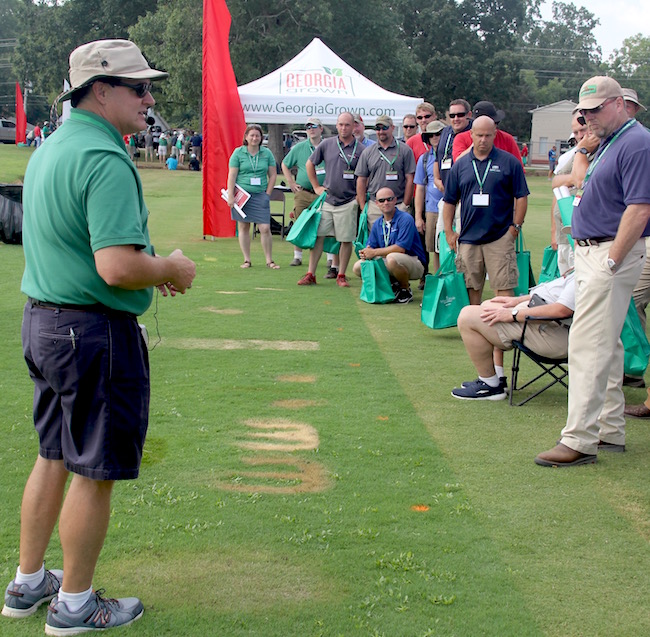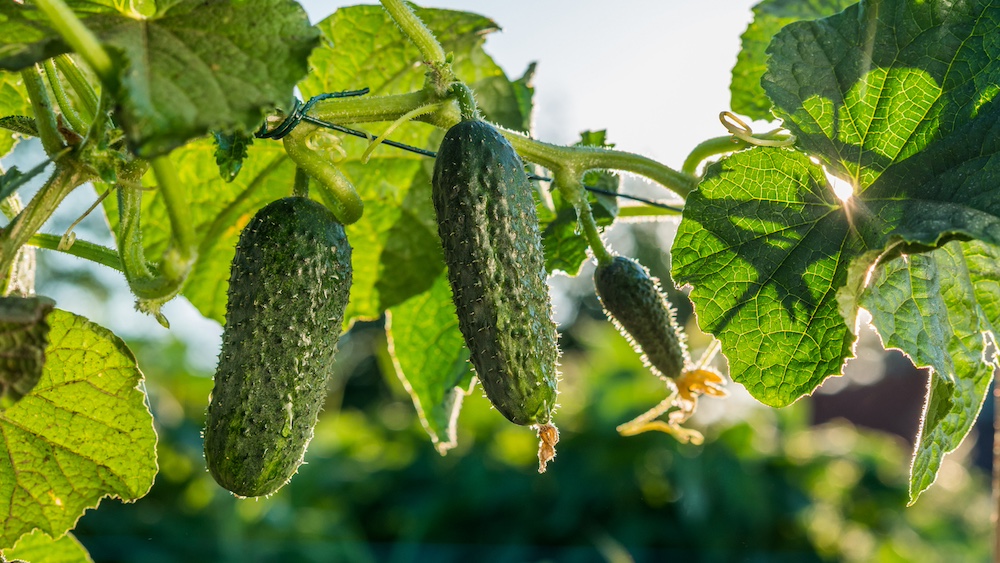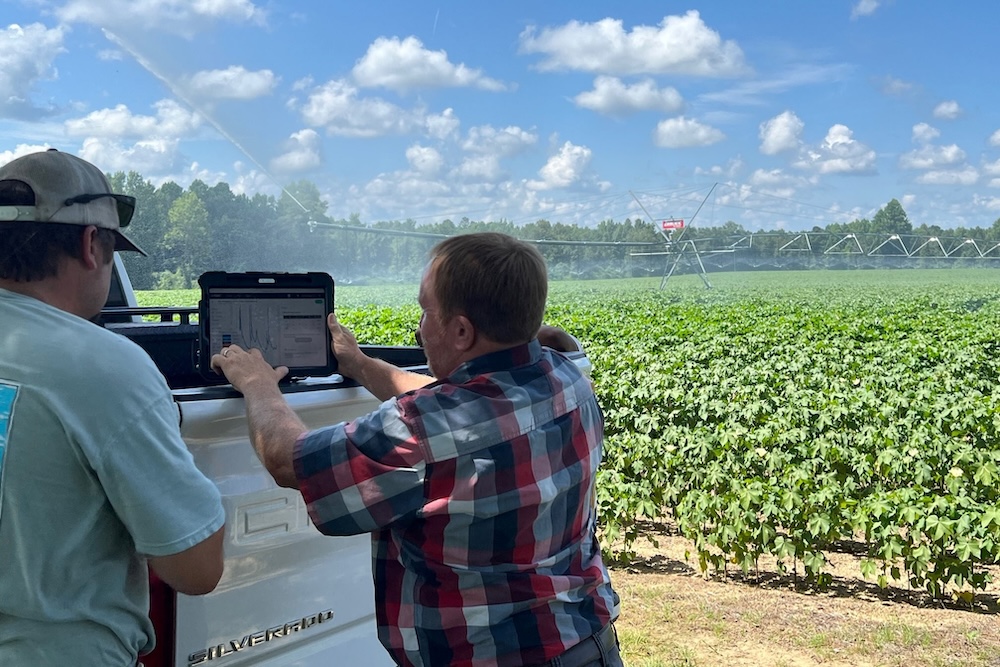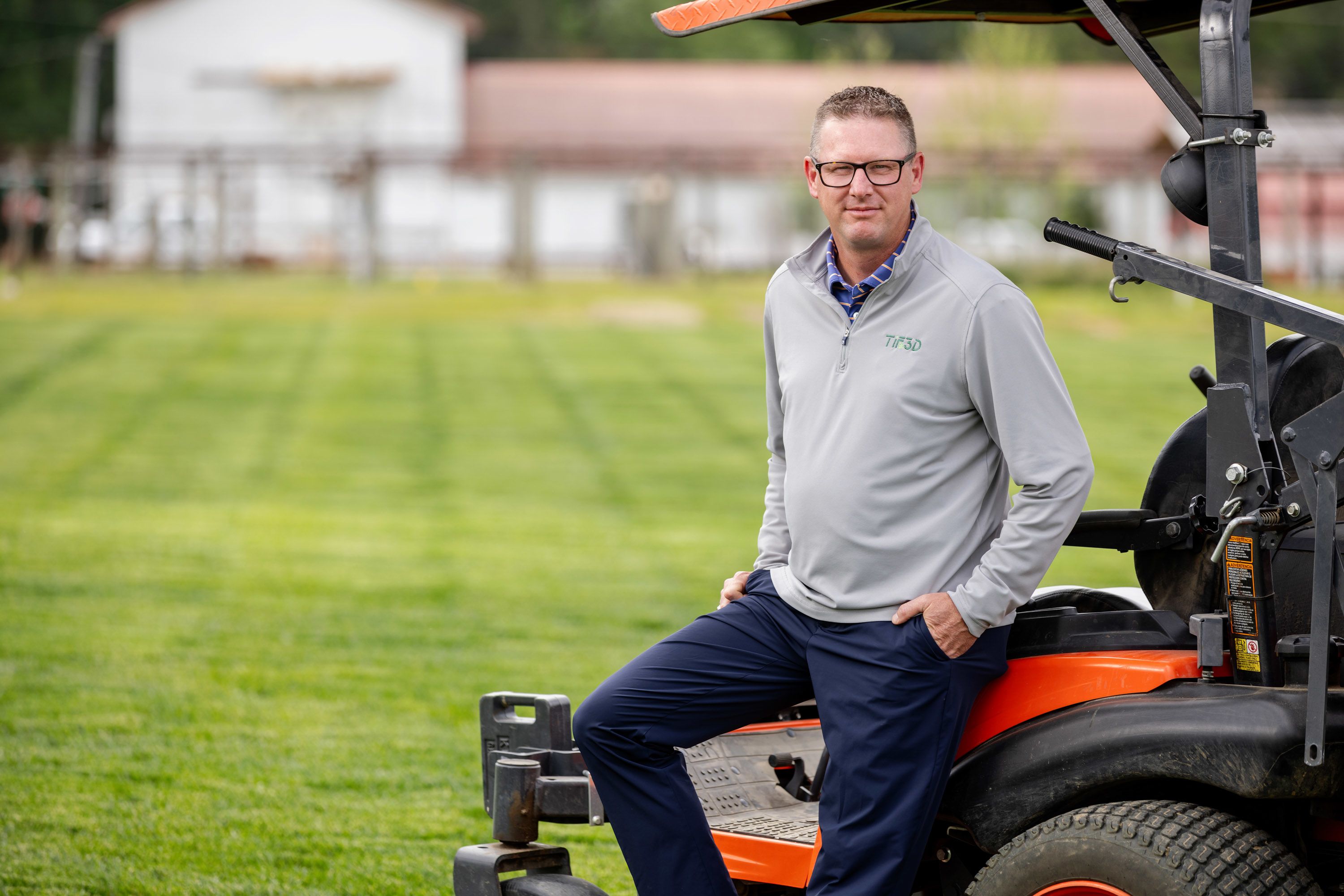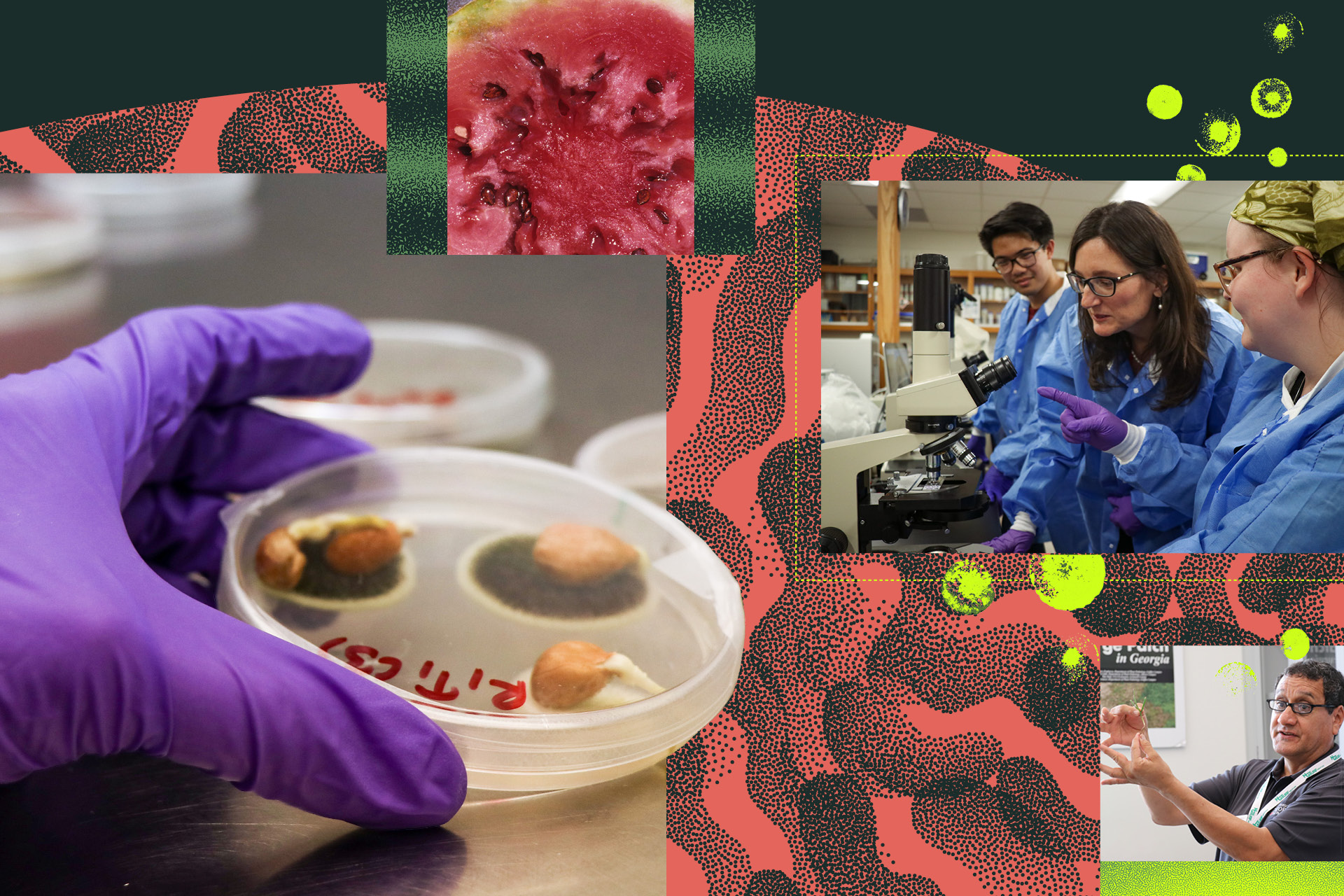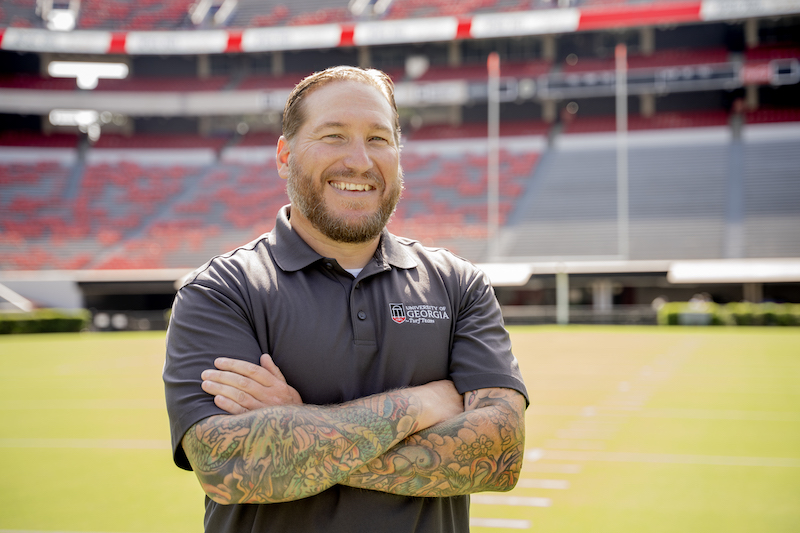If ever there were a year to seriously consider core aerification, this is it!
Core aerification is a cultivation practice that opens the soil, allowing moisture and air into the root zone of turfgrass. When timed and performed correctly, aerification can stimulate rhizomes to initiate growth, causing the grass to grow sooner.
Aerification never hurts, but the typical warm-season lawn does not need regular or annual aerification. However, this spring may be an exception.
To stimulate growth and achieve surface coverage as early as possible, core aerification in late April through mid-May will likely benefit many lawns that suffered through one, or multiple, drought-induced dormancy periods last summer and fall.
Core aerification could also help centipedegrass and St. Augustinegrass, which do not have rhizomes.
While the practice would not stimulate shoot growth from rhizomes that these species do not have, aerification relieves compaction that generally stimulates rooting and promotes deeper roots that pull water and nutrients from a greater soil volume. For the stoloniferous species, the typical result from aerification is increased lateral growth and a healthier plant.
There are two types of aerification: hollow and solid tine. With hollow tine aerification, a soil core is removed. With solid tine aerification, a hole is created and no core is removed.
In both types of aerification, a void in the soil is created that allows air and water to more deeply penetrate the root zone. However, with hollow tine aerification, the aeration benefits are longer lasting due to the removal of the core.
With either technique, the deeper the aerification holes, the better. Ideally, cores are 3 to 4 inches in depth and a half-inch in diameter. With time, the surrounding soil relaxes back into the void, opening pore space in the surrounding soil. This contributes to an overall improved air exchange and better water infiltration within the soil.
Other basic management practices
The fertility program specific to each turfgrass should not be neglected. Visit www.GeorgiaTurf.com to find lawn care calendars that include fertility recommendations for each grass species.
Keep in mind that the grass is likely less vigorous this spring as a result of last summer. Avoid applying nitrogen fertilizer to warm-season grasses until soil temperatures at the 4-inch depth are consistently 65 degrees Fahrenheit and rising. This will likely coincide with the appropriate timing for core aerification.
To check whether the soil pH, phosphorus and potassium levels are within recommended ranges for optimum growth, contact your local University of Georgia Cooperative Extension agent to submit a soil sample to the UGA Agricultural and Environmental Services Laboratories.
Preparing for the next stress
Not only could aerification hasten green-up and coverage, but by stimulating the grass to produce more shoots, the grass can become more sustainable.
Once the grass has leaves, it can begin photosynthesizing and producing carbohydrates. In the spring and summer, the plant will use some of these reserves, and some will be partitioned to rhizomes and stolons. With a potential depletion, or decrease in accumulation, of carbohydrates as a result of 2016's drought, restoring carbohydrate reserves is important to help the grass make it through the next stress.

